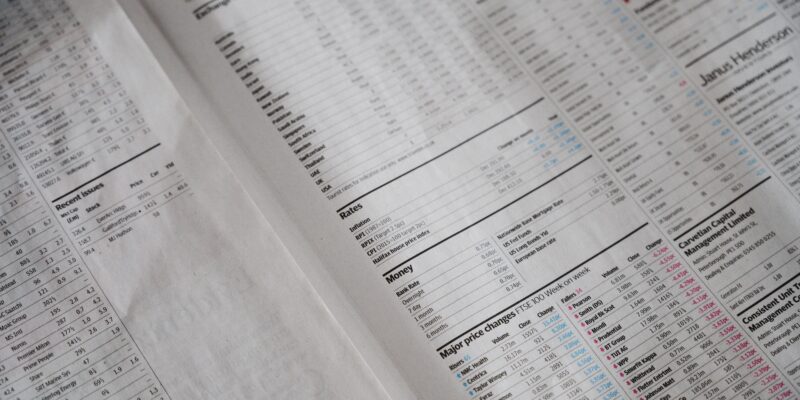MEPs in the European parliament have voted through the Environment committee (ENVI) proposal to reform the EU Emissions Trading Scheme (EU ETS) in Phase IV with several amendments. The proposal passed the parliament vote with 379 votes to 263 and 57 abstentions. MEP and rapporteur for the Phase IV file, Ian Duncan, also received a mandate to open negotiations with the EU Council, the next step in the legislative process.
The reform proposal moving forward is slightly weaker than the ENVI position but far more ambitious than the original EU Commission proposal. If adopted by the EU Council it will lead to significant upward revisions to EUA price forecasts for the end of Phase III and beyond.
The main points of the proposal moving forward are;
- Lower Linear Reduction Factor (LRF) – a 2.2% LRF moves forward. The original ENVI proposal had proposed a 2.4% LRF, reducing the cap at a faster rate but this did not receive enough support. The 2.2% LRF may be reviewed in 2024 at the earliest. The impact of the lower LRF is expected to be minimal, especially when compared with…
- A doubled withdrawal rate for the Market Stability Reserve – increased from 12% to 24% for the first 4 years of operation (2019-2022). This will be the main driver of prices in the years to come, greatly increasing the risk all installations face. Energy Aspects forecast this could triple current 2020 price forecasts.
- Auction share flexibility – the auction share of allowances entering the market can be reduced by up to 5% in the event the Cross Sectoral Correction Factor (CSCF) is triggered. The CSCF reduces the free allocation for all installations and is triggered when National Allocation Plans total more than the number of allowances available.
- No border carbon adjustment for imports – the cement sector retains its carbon leakage list status and no plans are put forward to introduce a border carbon adjustment on cement imports. The ENVI proposal had put forward the import tariff and subsequent removal of all free allowances. The knock-on effect of dropping this and the tiered carbon leakage list is a higher chance the Cross Sectoral Correction Factor is triggered.
- Cancellation of 800Mt from the MSR – the effect of this is only felt when the MSR is totally exhausted of allowances, this is not scheduled to be until the mid-2030’s or later.
- Shipping and aviation emissions to be part of EU ETS – if ICAO and IMO fail to deliver strong global market mechanisms to tackle emissions the shipping and aviation sectors will be forced to comply with the EU ETS.
Next Steps
The proposal now goes forward to Member State officials in the EU Council. Both the EU parliament and Council must agree on the bill for it to become law. The first opportunity the Council will have to signal their position is 28th February when all the European environment ministers meet.
The doubled MSR withdrawal rate is the most significant part of the proposal and is likely to face some opposition from Member States. That said, it passed through the EU parliament with a big majority (544 votes for, 140 votes against & 14 abstentions) suggesting those who oppose it may struggle to gain enough support.
Today’s vote and the proposal going forward has far reaching ramifications for all EU ETS installations. To discuss the vote and the impact it will have on your carbon market exposure please call the Redshaw Advisors team on +44 203 637 1055.

